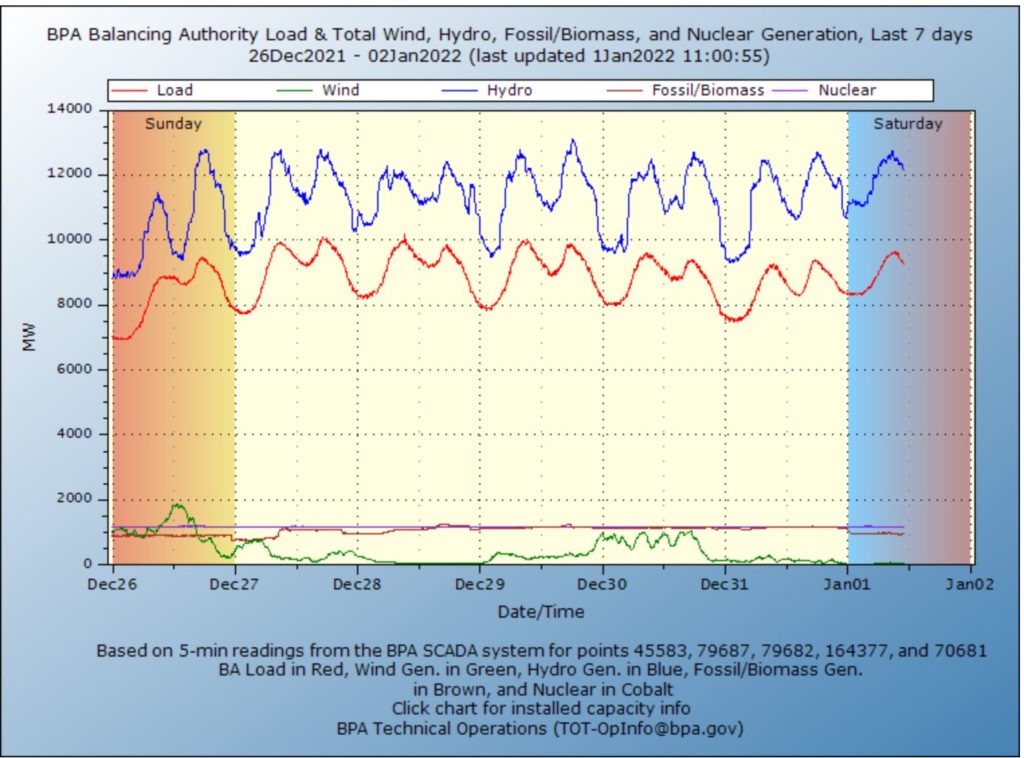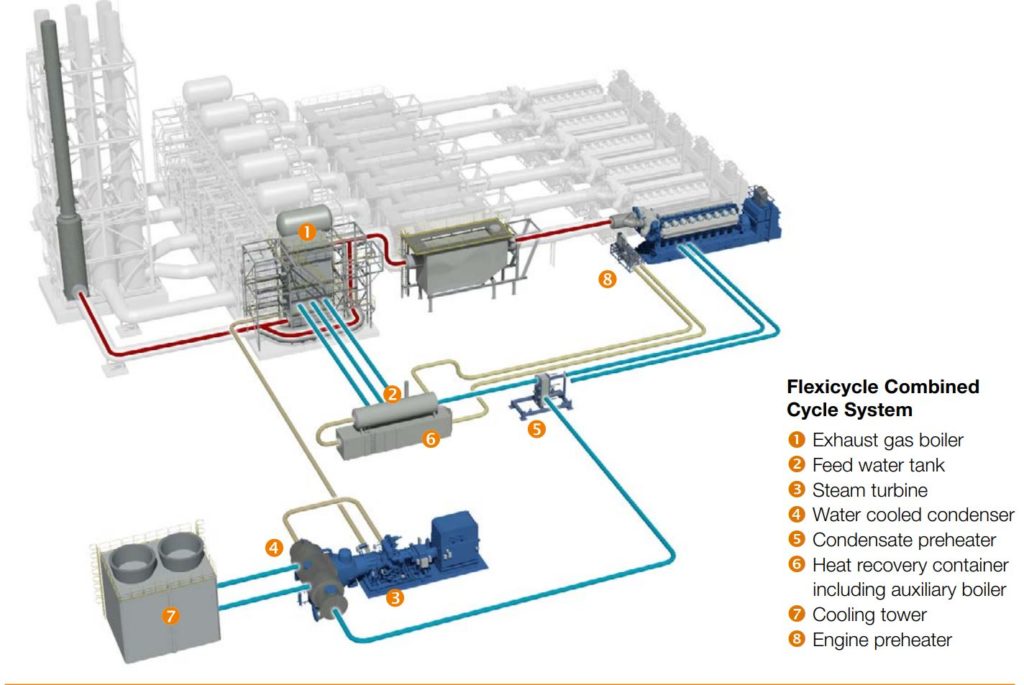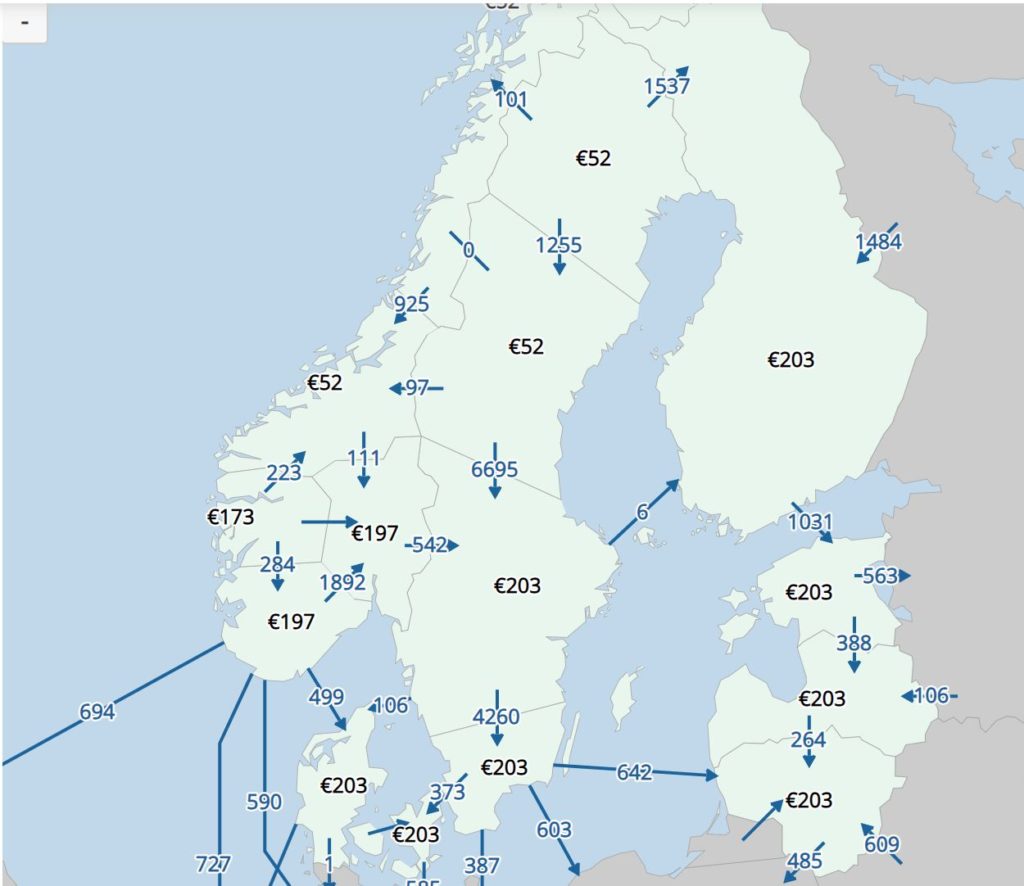From the very start of electricity, supply and demand had to be balanced.
Initially, it could be done by changing the output of the generators. The shifts in load were slow, mostly between day and night, and predictive.
This was the case through VWII, but after the war some fundamental changes, both load as well as of generation, made the balancing more demanding. On the load side the introduction of air conditioning significantly increased the amplitude between the bottom, referred to as the baseload, and the peak of demand. On the generation side nuclear power emerged. These plants had basically no flexibility and had to run all the time. Further, the increasingly large coal plants and the first generations of combined cycle gas turbines (CCGT) had limited flexibility. These generators, so called “baseload generators”, needed to be supplemented with more flexible generation to follow the load, from the baseload all the way to the peak power demand. Hydro power was the main flexible resource.

It is not a coincidence that countries like Canada, Brazil, Norway, Iceland, Costa Rica, and regions like the Pacific Northwest with large hydro power resources have come far in decarbonization, while at the same time have high reliability and low electric costs.
However, not all countries or regions had enough hydro. It called for additional means to balance generation and load. Two innovative technologies helped close the gap, gas turbines and pumped hydro. The “peaker” turbines, which could run on natural gas as well as oil, were aeroderivative of jet engines. Pumped hydro, pumping up the water at low load and releasing it when demand is up, was not a new technology, but was now scaled substantially in size and number of installations. Bath County Pumped Storage Station in Virginia, energized in 1985, at 3,200 MW was the largest in the world until last year, when the State Grid Corporation in China started up the 3,600 MW Fengning Pumped Storage Power Station in the Hebei Province.
Today, with more variable renewable energy sources, wind and solar, on the system, a new paradigm has started to emerge. With no fuel cost and in many cases additional support by production tax credits (wind, USA) or feed-in tariffs (Germany), wind and solar can be bid in at the lowest prices, sometimes even negative prices. Further, State renewable portfolio standards (RPS) and/or direct mandates add to renewable energy resources getting preference. The variable renewable energy resources are becoming the new “baseload generation”! The old baseload generation was units that should and could run all the time. This new “baseload generation” are units that run as long as they are available. But the more wind and solar generation on the system, the more flexibility of the power system will be needed. Without enough flexibility the wind and solar generation will have to be curtailed, which has already been experienced in Germany, where wind and solar stood for 37%, and California, where wind and solar stood for 24.5% of the generation (2020).
Next to hydro power, natural gas fired generation, is the most flexible generation. In terms of key flexibility attributes such as start-up times and ramp rates they are far superior compared with other thermal generation technologies. For example, an open cycle gas turbine (OCGT) has a cold start up time of 5 – 10 minutes compared to a 5 – 10 hours for a coal power plant. Average ramp rates can be 10-15% and 2-6% respectively. Modern CCGTs are not far behind OCGTs in flexibility. According to Siemens their CCGTs with H-class gas turbines can go from zero to full load in less than 30 minutes. In addition, CCGTs can be over 60% energy efficient making them very competitive, and thanks to the high efficiency emitting only half of CO2 compared to a coal plant.

Wärtsilä Flexicycle ™ power plants are combined cycle plants with natural gas fired reciprocating engines and a steam turbine. These modular plants have unique operational flexibility, e g 2 minutes from zero to 90% load.
Source: Wärtsilä brochure: Flexicycle™ power plants.
To balance an electric system with high levels of variable renewable energy sources, wind and solar, one needs a combination of flexible generation, transmission, storage, and flexible load. What is the optimal combination of these four components depends on the region: the size of the region, the characteristics of the load, the fuel mix of generation, weather patterns, environmental policies etc. Generally, operating over a large footprint provides also helps thanks to economy of scale and the benefits of a more diverse fleet of power plants.
Northern Europe illustrates the benefits of operating over a large footprint with a diverse fuel mix, enabled by strong transmission, including several HVDC ties between neighboring countries. For example, when Germany and Denmark have excess wind generation, they can export to neighboring countries, and when they are short, they can import hydro generated power from Norway and Sweden. Denmark has become a world leader in wind energy on their system, 57% (2019) thanks to its extraordinarily strong transmission ties, which have a capacity higher than its peak demand!

Texas has chosen a different route with weak ties with neighboring systems to be electrically independent. With a peak demand of 75 GW, the Electric Reliability Council of Texas (ERCOT), which serves most of Texas, is a big system. In 2020 wind was close to 23% of all power generated. Wind penetration reached a record at 66.5% on March 22, 2021. However, due to the weak ties, ERCOT can at a maximum import 2 GW, only 2.7% of its peak demand. With no substantial bulk energy storage, ERCOT is very dependent on flexible generation, mostly natural gas, which was 45.5% of all power generated in 2020, and flexible load.
Among all RTO/ISOs in the US the Southwest Power Pool (SPP) has the highest portion of wind generation, 33% (2021). On March 29, 2021, SPP set a wind generation record of 21.1 GW, which was a penetration of 81.5% of all demand. Contrary to ERCOT, SPP has much stronger ties with neighboring systems, in total 14.3 GW, which is about 28% of the peak demand. It is critical in balancing the variations from wind, since SPP’s conventional generation is mostly coal fired thermal power plants, 36%, which are not very flexible. The ability to import substantial amounts of power from PJM through MISO (Midcontinent Independent System Operator) also helped SPP avoid blackouts in February 2021, at the time when Texas was hit hard.
Germany has a similar level of wind generation as SPP. In 2020 wind generated 27% of all power. Solar was at 10% and nuclear at 13%. Coal delivered 27%, over two-thirds being lignite coal. Natural gas was 12%. The highest penetration of wind so far was in March last year (2021) at 66.5%. Germany has transmission constraints from the north, where most of the wind generation is located, to the south, where most of the load is. However, the transmission ties with neighboring countries are strong, about 28 GW (2019), which is about 35% of peak demand. It has helped significantly in balancing the system.
So far so good, but what will happen when Germany exits the remaining nuclear power this year (2022) and start phasing out the coal? In November 2021, the new German government coalition announced its plan to achieve 80% renewable energy by 2030. To achieve that the government will aim at quadruple solar to 200 GW, tripling offshore wind to 30 GW, and more than doubling onshore wind to 120 GW. Assuming the 2030 targets will be achieved, it means 60-70% of the generation could be from wind and solar. The flexibility of the natural gas power plants will be decisive to maintain a reliable grid. Consequently, to enable this massive expansion of variable renewable energy, more natural gas plants will be needed!
Another effect of the massive build out of wind and solar is that there will be times of huge surplus of generation. Assuming the peak demand in 2030 has grown to about100 GW, maximum generation from wind and solar could reach over three times the demand. Even if all transmission to neighboring countries would be utilized to export of the excess generation, it will not be enough. Large amounts of the wind and solar generation will have to be curtailed.
Some see this scenario as an opportunity to produce green hydrogen with the surplus generation from wind and solar instead of curtailing. Interestingly, the German government coalition targets to have 10 GW hydrogen electrolyzers capacity by 2030. It may indicate a strategy of betting hard on green hydrogen to reach the long-term goal of Germany becoming net zero by 2045. Not only fuel cells, but also gas turbines and reciprocating engines can be designed to run on hydrogen. Existing turbines and engines may be possible to retrofit to run on hydrogen. The ultimate vision for the green hydrogen advocates would be to transition the existing natural gas infrastructure to a hydrogen infrastructure.
Realistically, due to technical challenges and prohibitive costs, a large-scale transition from natural gas to green hydrogen will take time to happen. A complete transition to a hydrogen infrastructure is at best probably closer to 2100 than 2050. A more near-term solution to reduce the carbon footprint of the natural gas turbines could be post-combustion carbon capture utilization and storage (CCUS). According to an analysis by General Electric it can be economical to install carbon capture in certain conditions already at $30 – S50 per ton CO2 price. It would not be zero carbon but an 80-90% reduction.
Transitioning to zero emission power generation within the time-frame of the Paris Agreement, 2050, is a formidable task. The task is even more challenging if a high portion of the carbon free generation will come from variable renewable energy sources, wind and solar, and if there is not enough hydro power to help balance the variations. A lot can be achieved by operating over large footprints with strong transmission systems, by storage and by flexible load, but for an optimal electric system a certain amount of flexible generation with natural gas will also be a critical component.